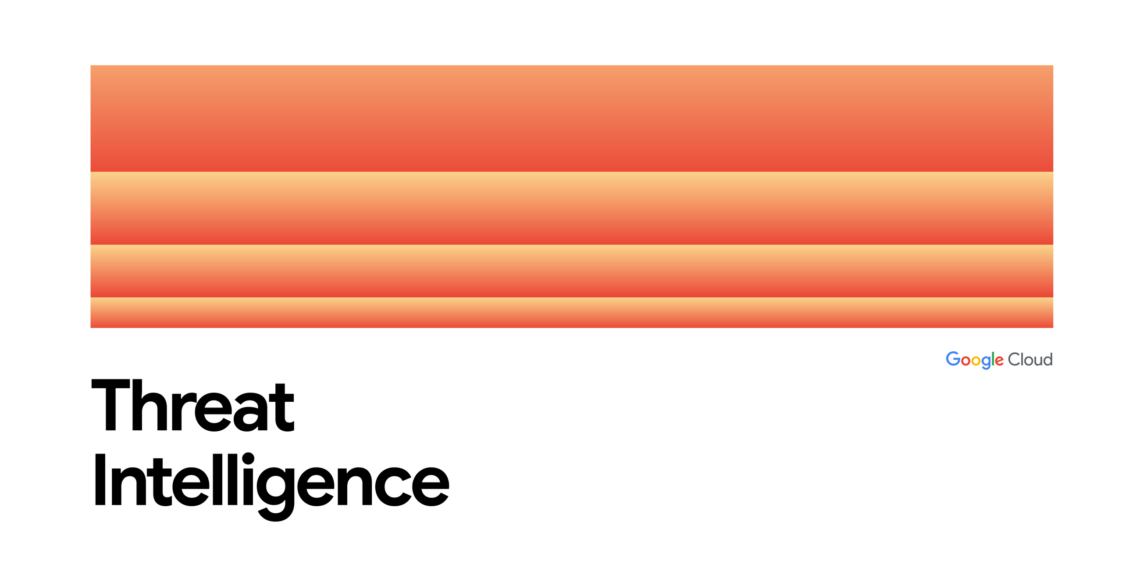Delegation of trust from vSphere vCenter to AD grants implicit administrator privileges on the trusted systems to any AD domain administrator. This elevates the risk profile of AD compromise, impacting the entire infrastructure. To mitigate this, implement a two-pronged strategy: first, create a separate, dedicated vSphere environment specifically for the most critical Tier 0 assets, including AD. This isolated environment should be physically or logically separated from other systems and highly secured with robust network segmentation. Second, implement a zero-trust security model for the control plane of this environment, verifying every access request regardless of source. Within this isolated environment, deploy a dedicated “infrastructure-only” IdP (on-premises or cloud). Implementing the principle of least privilege is paramount.
A dedicated, isolated vSphere environment for Tier 0 assets (e.g., Active Directory) should have strictly limited administrative access (via a PAW), granting permissions only to those directly managing the infrastructure. This significantly reduces the impact of a breach by preventing lateral movement and minimizing damage. Unnecessary integrations should be avoided to maintain the environment’s security and adhere to the least-privilege model.
To effectively safeguard critical Tier 0 assets operating within the vSphere environment–specifically systems like Privileged Access Management (PAM), Security Information and Event Management (SIEM) virtual appliances, and any associated AD tools deployed as virtual appliances–a multilayered security approach is essential. These assets must be treated as independent, self-sufficient environments. This means not only isolating their network traffic and operational dependencies but also, critically, implementing a dedicated and entirely separate identity provider (IdP) for their authentication and authorization processes. For the highest level of assurance, these Tier 0 virtual machines should be hosted directly on dedicated physical servers. This practice of physical and logical segregation provides a far greater degree of separation than shared virtualized environments.
The core objective here is to break the authorization dependency chain, ensuring that credentials or permissions compromised elsewhere in the network cannot be leveraged to gain access to these Tier 0 systems. This design creates defense in depth security barriers, fundamentally reducing the likelihood and impact of a complete system compromise.
Conclusion
Mandiant has observed that threat actors are increasingly targeting vSphere, not just for ransomware deployment, but also as a key avenue for data exploitation and exfiltration. This shift is demonstrated by recent threat actor activity observed by GTIG, where adversaries have leveraged compromised vSphere environments to exfiltrate sensitive data such as AD databases before or alongside ransomware execution.
As this document has detailed, the widespread reliance on vSphere, coupled with often underestimated risks inherent in its integration with AD and the persistence of insecure default configurations, creates a dangerously vulnerable landscape. Threat actors are not only aware of these weaknesses but are actively exploiting them with sophisticated attacks increasingly targeting ESXi and vCenter to achieve maximum impact.
The usability and stability that make vSphere a foundational standard for on-premise and private clouds can be misleading; they do not equate to inherent security. The evolution of the threat landscape, particularly the direct targeting of the hypervisor layer which bypasses traditional endpoint defenses, necessitates a fundamental shift in how vSphere security is approached. Relying on outdated practices, backups, perimeter defenses alone, or assuming EDR on guest VMs provides sufficient protection for the underlying infrastructure creates significant security gaps and exposes an organization to severe risks.
Identity integration vulnerabilities will be exploited, therefore, organizations are strongly urged to immediately assess their vSphere environment’s AD integration status and decisively prioritize the implementation of the mitigation strategies outlined in this document. This proactive stance is crucial to effectively counter modern threats and includes:
-
Decoupling critical dependencies: Severing direct ESXi host integration with AD is paramount to shrinking the AD attack surface.
-
Modernizing authentication: Implementing robust, phishing-resistant MFA for vCenter, preferably via identity federation with modern IdPs, is no longer optional but essential.
-
Systematic hardening: Proactively addressing the insecure defaults for ESXi and vCenter, enabling features like execInstalledOnly, Secure Boot, TPM, Lockdown Mode, and configuring stringent firewall rules.
-
Enhanced visibility: Implementing comprehensive remote logging for both ESXi and vCenter, feeding into a SIEM with use cases specifically designed to detect hypervisor-level attacks.
-
Protecting Tier 0 assets: Strategically isolating critical workloads like Active Directory Domain Controllers in dedicated, highly secured vSphere environments with strict, minimized access controls and encrypted VMs and vMotion.
The upcoming end-of-life for vSphere 7 in October 2025 means that vast numbers of organizations will not be able to receive product support, security patches and updates for a product that underpins Infrastructure. This presents a critical juncture for organizations and a perfect storm for threat actors. The transition away from vSphere 7 should be viewed as a key opportunity to re-architect for security, not merely a routine upgrade to implement new features and obtain support. Failure to proactively address these interconnected risks by implementing these recommended mitigations will leave organizations exposed to targeted attacks that can swiftly cripple their entire virtualized infrastructure, leading to operational disruption and financial loss. The time to adopt a resilient, defense-in-depth security posture to protect these critical vSphere environments is unequivocally now.
